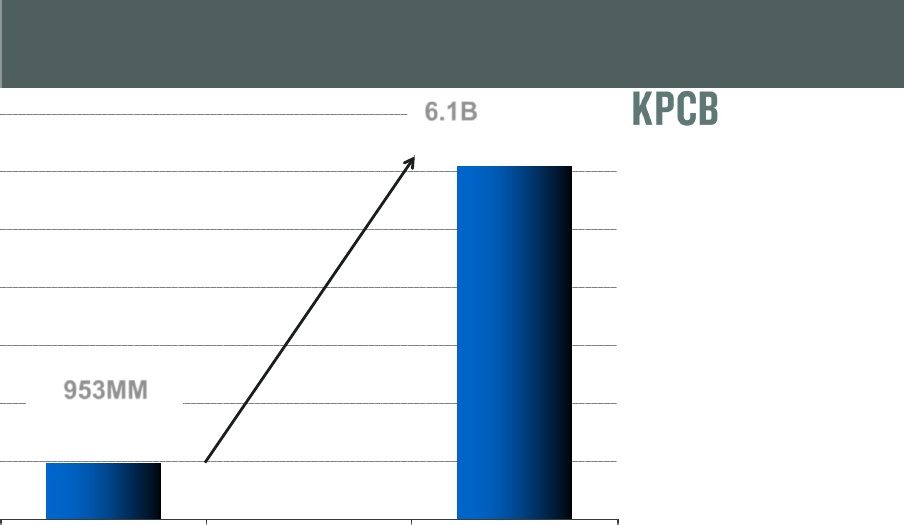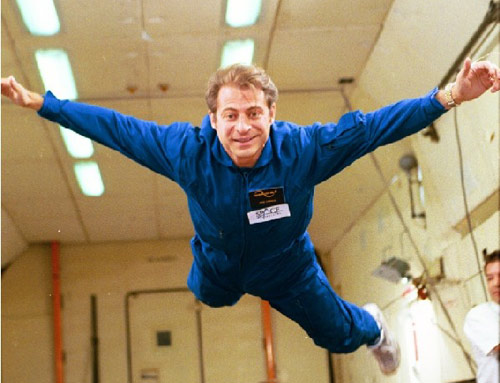Adding Context to Your Decisions
 When we look at the world, a lot of times we miss the aspect of context on how we look at things. This has importance in making business decisions of all sizes and shapes. This can show up a lot with people’s decisions and with how they look at their competitors and strategies.
When we look at the world, a lot of times we miss the aspect of context on how we look at things. This has importance in making business decisions of all sizes and shapes. This can show up a lot with people’s decisions and with how they look at their competitors and strategies.
I was reminded of this on reading Rasmus Arkersen’s recent post of the power of contextual intelligence. I have written about Rasmus before and his work continues to intrigue me. I first met him when he spoke at an EO regional conference in Bangalore, India, a few years ago. I wrote a blog about his work on human potential.
This recent discussion was on how Rasmus asked people which would be better to hire – an Apple or Microsoft sales person. He experienced most people would say Apple, because of all the hype on the products and Steve Jobs. But what if it was all that hype that made it easy for the Apple guy to sell more when the level of sales was not as high as Microsoft, but was due to a much better sales ability? This is the contextual intelligence that Rasmus is talking about when he says to look deeper and below the surface to learn how the numbers are achieved.
Anthony Robbins also talks about this in his discussions around metaprograms. He states that by understanding how people sort things, you can communicate better with them in the right context. According to Robbins, some people sort primarily by feelings or logical thoughts. Most of us know that, but did you know that some people can even sort by food? When their thoughts are focused around food, you may ask them directions, only for them to tell you to go down to the McDonald’s and turn there. Robbins says, “If you ask them about the movies, they will talk about the concessions stand. If you ask them about the wedding, they will discuss the cake.”
I also experienced this in my Investment days in what is called “survivorship bias.” This occurs when you look at performance over, let’s say, a group of mutual funds during an imaginable 20 years, and it looks good at an 8% return. What it doesn’t factor in are the funds that performed badly and were closed down or merged out of existence. If you added this in over that time period, you may have a percent or two lower rate of all those funds.
These all are examples of looking at the full context of a situation and getting a complete understanding of why something is what it is. This is what Rasmus says is contextual intelligence, and when all is fully factored, may help you make better decisions.
What type of decisions do you have ahead that may need a little contextual intelligence?







